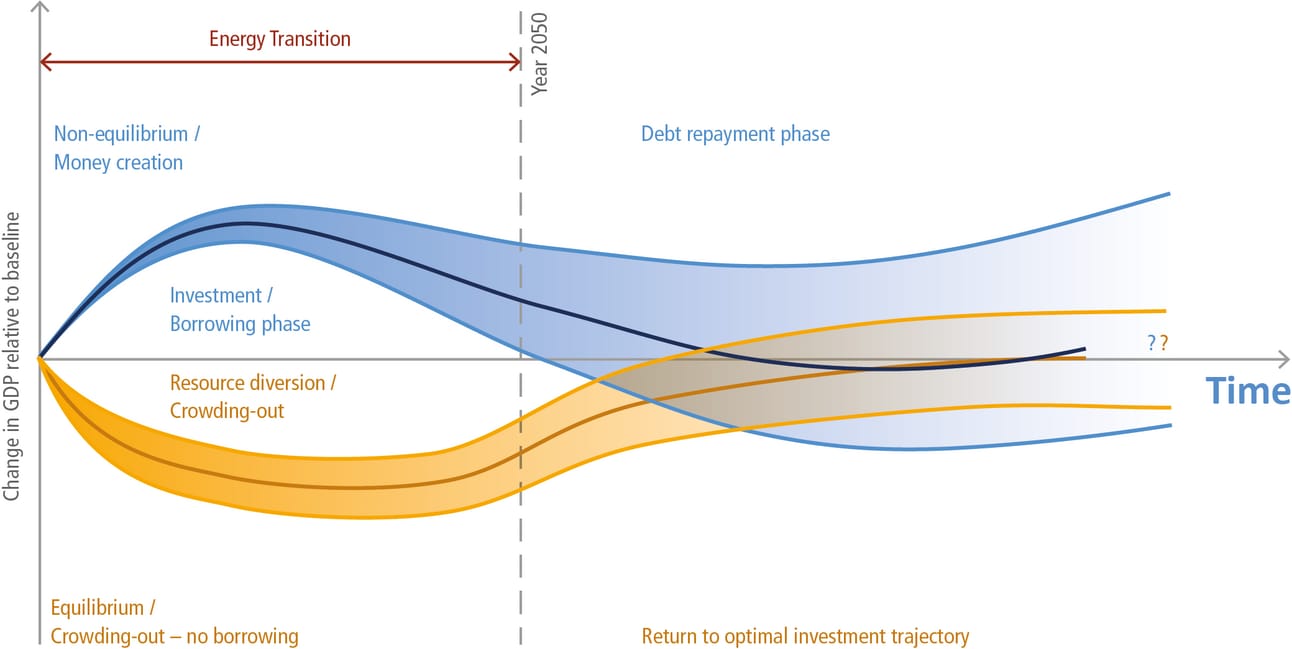- The Climate Mentor
- Posts
- 132 - Adapt or collapse?
132 - Adapt or collapse?
Why the climate fight is shifting gears

Check point♻️
We’ve spent years sounding the alarm, rallying behind carbon neutrality, pledging net zero, and waving ESG flags. But what if the world is quietly conceding that prevention is no longer enough?
A growing number of experts are now saying the quiet part out loud: climate change is here, and it’s accelerating. And while cutting emissions is still vital, there’s a new priority on the table—adaptation.
The climate war isn’t just about stopping the fire anymore.

Climate-Resilient Urban Design in Copenhagen
🏗️ From mitigation to adaptation
In a powerful piece by The Times, scientists and policymakers express growing concern that climate adaptation isn’t just a Plan B—it’s becoming Plan A.
What does this shift look like?
Cities redesigning infrastructure to withstand heatwaves, floods, and rising sea levels.
Farmers altering crop cycles and switching to drought-resistant varieties.
Coastal communities investing in sea walls and climate-resilient housing.
This isn't a fringe idea. The UN’s Intergovernmental Panel on Climate Change (IPCC) has been urging nations to allocate at least 50% of climate funding to adaptation. Yet according to the UN Environment Programme, adaptation financing is still falling short—by at least $200 billion annually.

Economic Trajectories During the Energy Transition
Meanwhile, countries like the Netherlands are leading by example, with advanced flood management systems and “living with water” strategies. And in Africa, climate-resilient agriculture programs are gaining traction, protecting both livelihoods and ecosystems.
🧱 Adaptation is about resilience. It’s not sexy like solar panels or EVs—but it might just be what saves us.
💼 Investor insight
If you're investing for impact—or for profit—adaptation is a theme to watch.
Why?
Infrastructure boom: From flood defense projects to climate-smart buildings, adaptation means building—and building big.
New markets: Technologies for climate forecasting, resilient crops, and water systems are poised for explosive growth.
Policy tailwinds: Governments are starting to mandate resilience measures—opening up predictable funding streams.
This isn’t just good for humanity—it’s good for your portfolio. Because as risk increases, the value of resilience becomes measurable.
Ready to dive into sustainable investing?
Subscribe to The Climate Mentor today to get updates on the latest trends, tips, and news on climate change.
Enjoy the newsletter? Please forward this to a friend 👥
It only takes 15 seconds. Making this took me 10 hours⌚
Reply